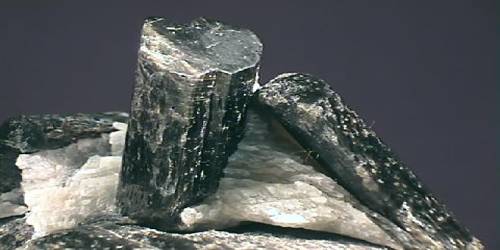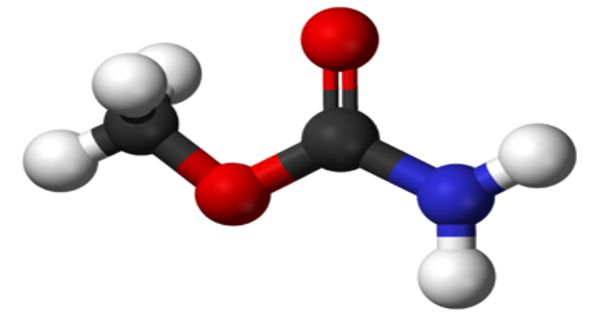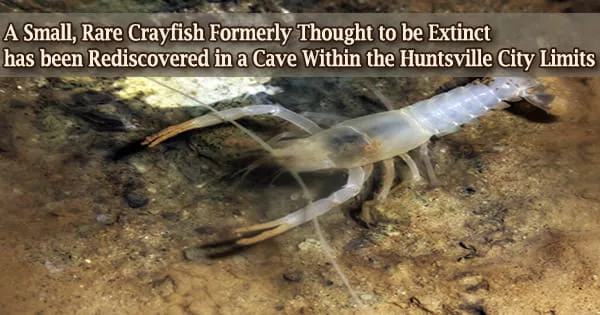Amphiboles are found principally in metamorphic and igneous rocks. It is the name of an important group of generally dark-colored, inosilicate minerals, forming prism or needle-like crystals, composed of double chain SiO4 tetrahedra, linked at the vertices and generally containing ions of iron and/or magnesium in their structures.
The physical properties of Amphibolite depend on its formation. Physical properties of rocks play an important role in determining its applications in various fields. Amphiboles can be green, black, colorless, white, yellow, blue, or brown. The International Mineralogical Association currently classifies amphiboles as a mineral supergroup, within which are two groups and several subgroups.

Properties
Physical properties of rocks are used to identify the type of rocks and to discover more about them. There are various physical properties of Amphibolite like Hardness, Grain Size, Fracture, Streak, Porosity, Luster, Strength etc which defines it.
- Hardness: 6-7
- Grain Size: Medium to Coarse Grained
- Fracture: Irregular to Conchoidal
- Streak: White to Grey
- Porosity: Less Porous
- Luster: Vitreous to Dull
- Compressive: Strength Not Available
- Cleavage: Irregular
- Toughness: 2.3
- Specific Gravity: 2.5
- Transparency: Opaque
- Density: 2.85-3.07 g/cm3
Amphiboles crystallize into two crystal systems, monoclinic and orthorhombic. In chemical composition and general characteristics, they are similar to the pyroxenes. The chief differences from pyroxenes are that (i) amphiboles contain essential hydroxyl (OH) or halogen (F, Cl) and (ii) the basic structure is a double chain of tetrahedra (as opposed to the single chain structure of pyroxene).
Descriptions
On account of the wide variations in chemical composition, the different members vary considerably in properties and general appearance.
Anthophyllite occurs as brownish, fibrous or lamellar masses with hornblende in mica-schist at Kongsberg in Norway and some other localities. An aluminous related species is known as gedrite and a deep green Russian variety containing little iron as kupfferite.
Hornblende is an important constituent of many igneous rocks. It is also an important constituent of amphibolites formed by metamorphism of basalt.
Actinolite is an important and common member of the monoclinic series, forming radiating groups of acicular crystals of a bright green or greyish-green color. It occurs frequently as a constituent of greenschists. The name is a translation of the old German word Strahlstein (radiated stone).
Information Source;
















